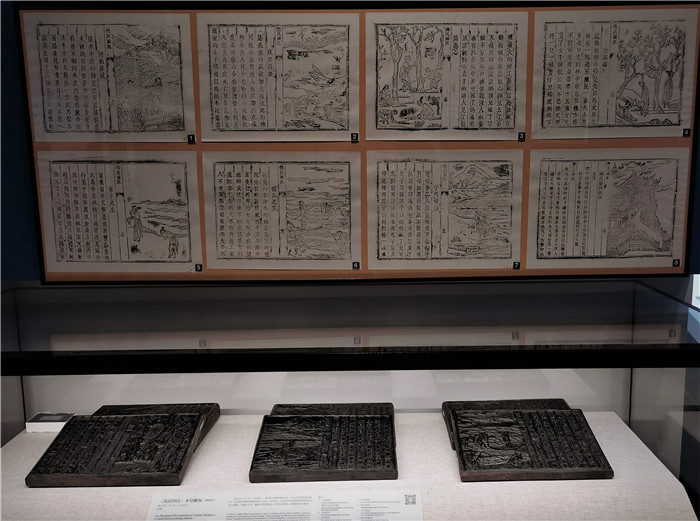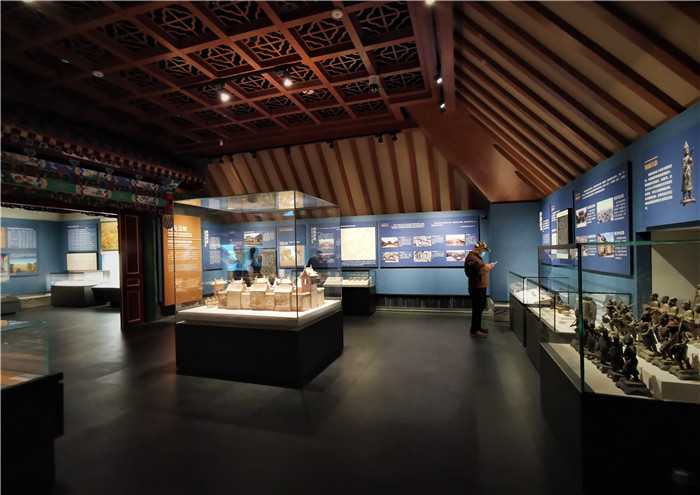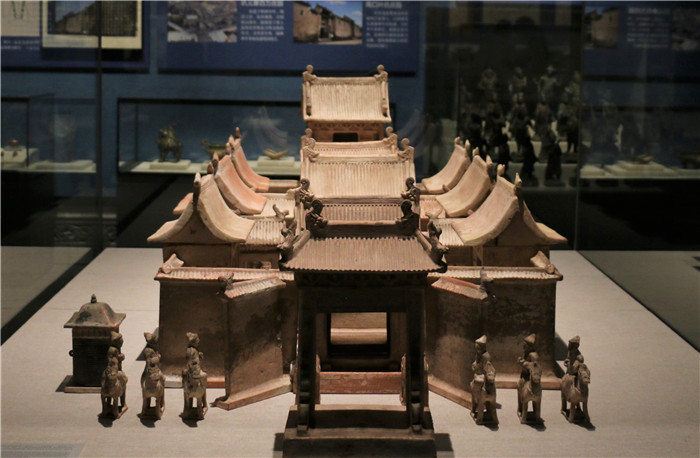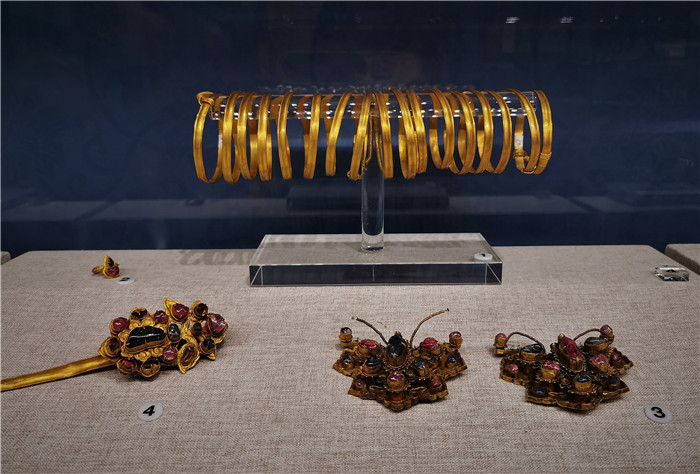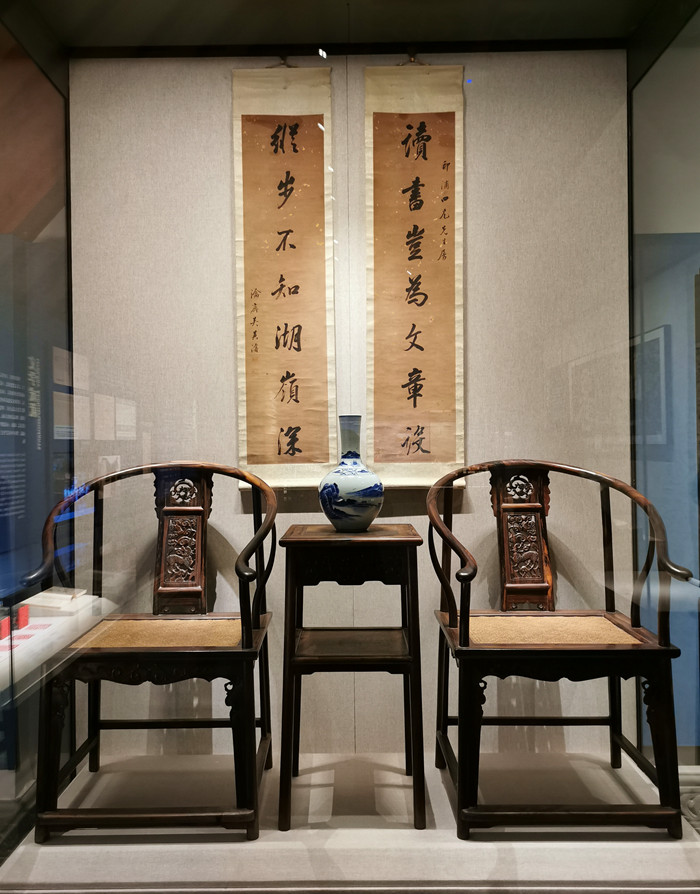Henan Museum exhibition - "Henan in Ming and Qing Dynasties"
1/9
Venue: Hall 11, the third floor of the main exhibition hall of Henan Museum
Exhibition time: permanent exhibition
Organizer: Henan Museum
preface:
Exhibition time: permanent exhibition
Organizer: Henan Museum
preface:
The surging Yellow River and towering Songshan Mountain witnessed the development of history. In the Ming and Qing Dynasties, Henan, as the gateway to the south of the capital, had a very important political position. At the beginning of Ming Dynasty, Henan was the important place of vassal, and in Qing Dynasty, Zhili Province was set up, including Zhili, Henan and Shandong. In the Ming and Qing Dynasties, the level of agriculture and handicraft industry has surpassed that of the previous generation, and the commodity trade has witnessed unprecedented prosperity. At this time, the commercial roads of Henan were accessible, including the tea ceremony of Wanli running through the north and the south, and the auxiliary passageway of the Beijing Hangzhou canal; the water transportation was busy, the guildhalls were numerous, and the famous towns along the river still had the ancient charm. Because the Yellow River Henan section is the dividing point of the middle and lower reaches, the Yellow river overflowed frequently in the Ming and Qing Dynasties, and the Yellow river changed its course from north to south, which affected the economic and cultural development of the Central Plains. The long river of history, although surging waves, waves, but still nourish the continuation of the Chinese context.
Unit 1: political measures of Ming and Qing Dynasties
After the establishment of the Ming Dynasty in 1368, local political organs at all levels were set up in Henan Province to determine the military and legal systems, and to enfeoffment the kings to become vassals in Henan, so as to strengthen the ruling of the central government over this area; at the same time, it adopted immigration and reclamation measures to recover and develop the social economy. In 1636, the Qing Dynasty was established and inherited the Ming system. At the same time, the land system was reformed to ease ethnic conflicts, and a unified multi-ethnic country was consolidated and developed.
Unit 2: the development and prosperity of social economy in Ming and Qing Dynasties
During the Ming and Qing Dynasties, with the gradual recovery and development of agricultural production, Henan was still an important grain producing area, which provided a solid foundation for the development of handicraft industry and commodity economy. At this time, Henan had convenient land and water transportation conditions, and the role of communication and link was very significant, which led to the prosperity of commodity trading towns, and the social economy once presented a prosperous situation.
Unit 3: Henan culture in Ming and Qing Dynasties
The Ming and Qing Dynasties were in the late stage of Chinese feudal society. They inherited the ancient and sprouted the new. The early democratic enlightenment thought came into being and made remarkable achievements in natural science research. With the development of urban economy, the popular literature is booming. Some scientists, writers, dramatists and artists have emerged in Henan, which not only occupies an important position in China, but also has a certain influence in the world.



